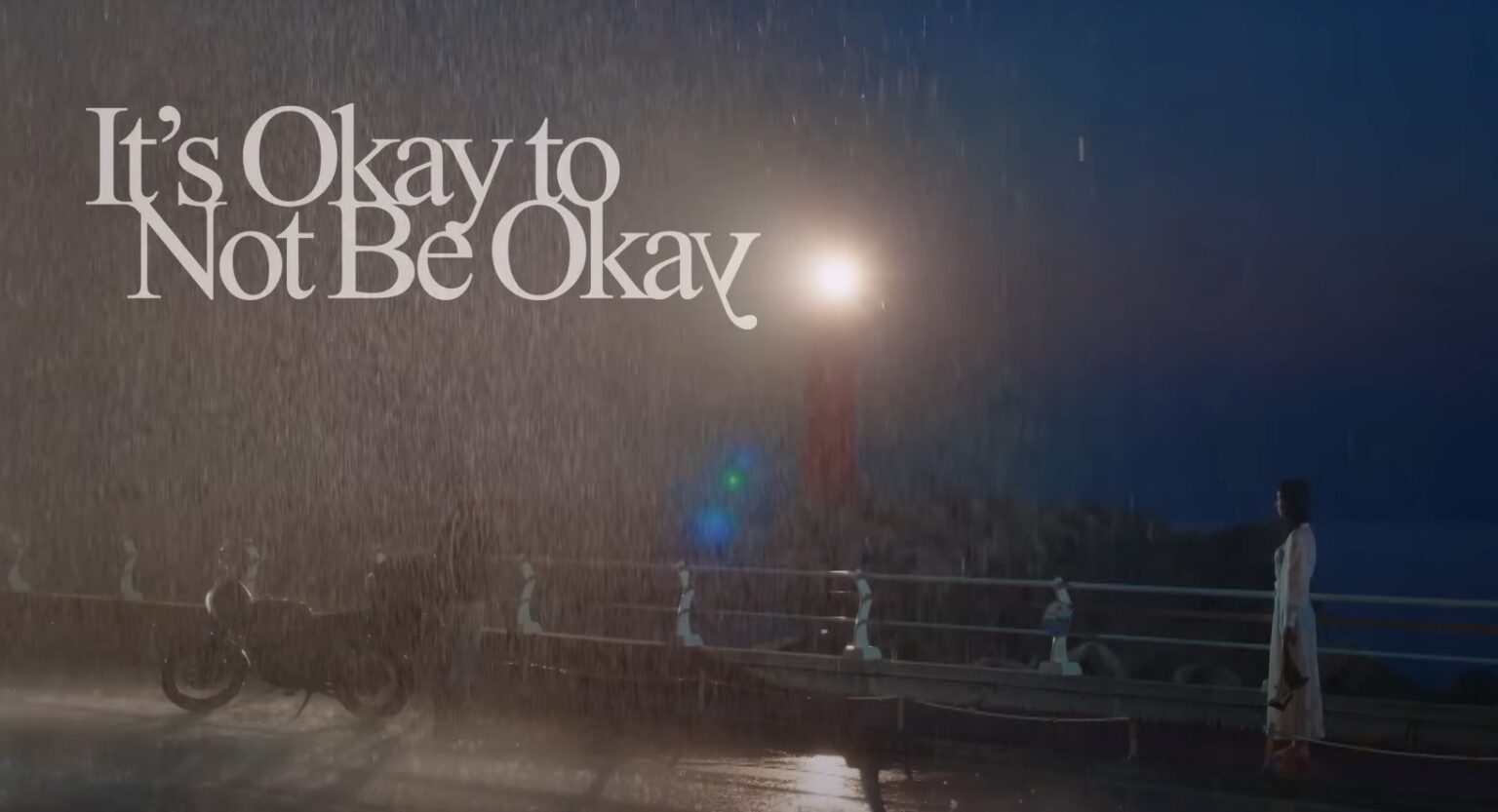“It’s Okay to Not Be Okay” is not your typical K-drama. It’s a profound blend of dark fairy tales, raw emotions, and unparalleled storytelling, delving into topics rarely touched in mainstream dramas, like mental health, trauma, and healing. This drama resonates deeply with viewers, not just because of its stunning cinematography or stellar acting, but because it brings an honest conversation about human vulnerabilities to the forefront.
A Story Beyond Romance
At its core, the story revolves around three complex characters—Moon Gang-tae (Kim Soo-hyun), a devoted caregiver; Ko Mun-yeong (Seo Ye-ji), a whimsical yet emotionally scarred author of children’s books; and Moon Sang-tae (Oh Jung-se), Gang-tae’s autistic older brother. The show explores their intertwined lives, layered with childhood trauma, societal expectations, and a quest for self-acceptance.
The romance between Gang-tae and Mun-yeong is electric yet unconventional. From their first meeting, their chemistry is palpable, but it’s their individual journeys of healing that truly captivate. Mun-yeong’s unapologetic pursuit of Gang-tae is refreshing, challenging societal norms about love and vulnerability. Meanwhile, Gang-tae’s struggles to balance his caregiver role with his own desires add depth to his character. This isn’t just a love story; it’s a tale of rediscovering oneself and understanding that it’s okay to rely on others.
Mental Health and Human Connection
One of the drama’s strongest points is its portrayal of mental health. It doesn’t sugarcoat the struggles of its characters but instead presents them authentically. Sang-tae’s autism is portrayed with sensitivity, avoiding stereotypes and focusing on his individuality. Oh Jung-se’s portrayal is nothing short of phenomenal, earning him widespread acclaim and newfound respect from viewers.
The show challenges societal stigmas around mental health, emphasizing that everyone has their scars. Through its nuanced storytelling, it normalizes seeking help, showing that healing is not a linear process but a journey filled with setbacks and triumphs.
The Power of Visual Storytelling
Visually, “It’s Okay to Not Be Okay” is breathtaking. The drama’s aesthetic is akin to stepping into a beautifully illustrated fairy tale, with meticulous attention to detail in set design, costumes, and cinematography. The contrast between Mun-yeong’s Gothic mansion and the serene hospital settings mirrors the characters’ emotional turmoil and growth.
The animations interwoven into the narrative elevate the storytelling, especially the depictions of Mun-yeong’s storybooks. Each story serves as a metaphor for the characters’ struggles and growth, adding layers of meaning to the narrative.
Unforgettable Performances
Kim Soo-hyun delivers a nuanced performance as Gang-tae, portraying his inner turmoil with subtlety and grace. Seo Ye-ji’s Mun-yeong is mesmerizing—her commanding presence and deep vulnerability make her character unforgettable. However, the standout is Oh Jung-se, whose portrayal of Sang-tae is both heartwarming and heartbreaking. He masterfully captures the intricacies of living with autism, bringing depth and dignity to his character.
Themes That Resonate
The drama’s themes are universal. It teaches viewers that it’s okay to be flawed, to grieve, and to lean on others. It emphasizes that love—whether romantic, familial, or platonic—can be a powerful healer. The show’s tagline, “It’s okay to not be okay,” resonates deeply, reminding us of the beauty in imperfection.
Criticisms and Final Thoughts
While “It’s Okay to Not Be Okay” has received overwhelming praise, some viewers have noted its slower pacing in the middle episodes. However, this deliberate pace allows for deeper character development, making the emotional payoffs in the later episodes all the more satisfying.
This drama is a masterpiece that transcends the boundaries of traditional K-dramas. It’s not just entertainment—it’s an experience that stays with you long after the credits roll. Whether you’re a seasoned K-drama fan or a newcomer, “It’s Okay to Not Be Okay” is a must-watch that will touch your heart and challenge your perspective on mental health and human connection.
This drama will leave you in tears, inspire self-reflection, and remind you of the power of storytelling. Don’t just watch it—immerse yourself in it. It’s okay to not be okay, and this show proves it beautifully.


